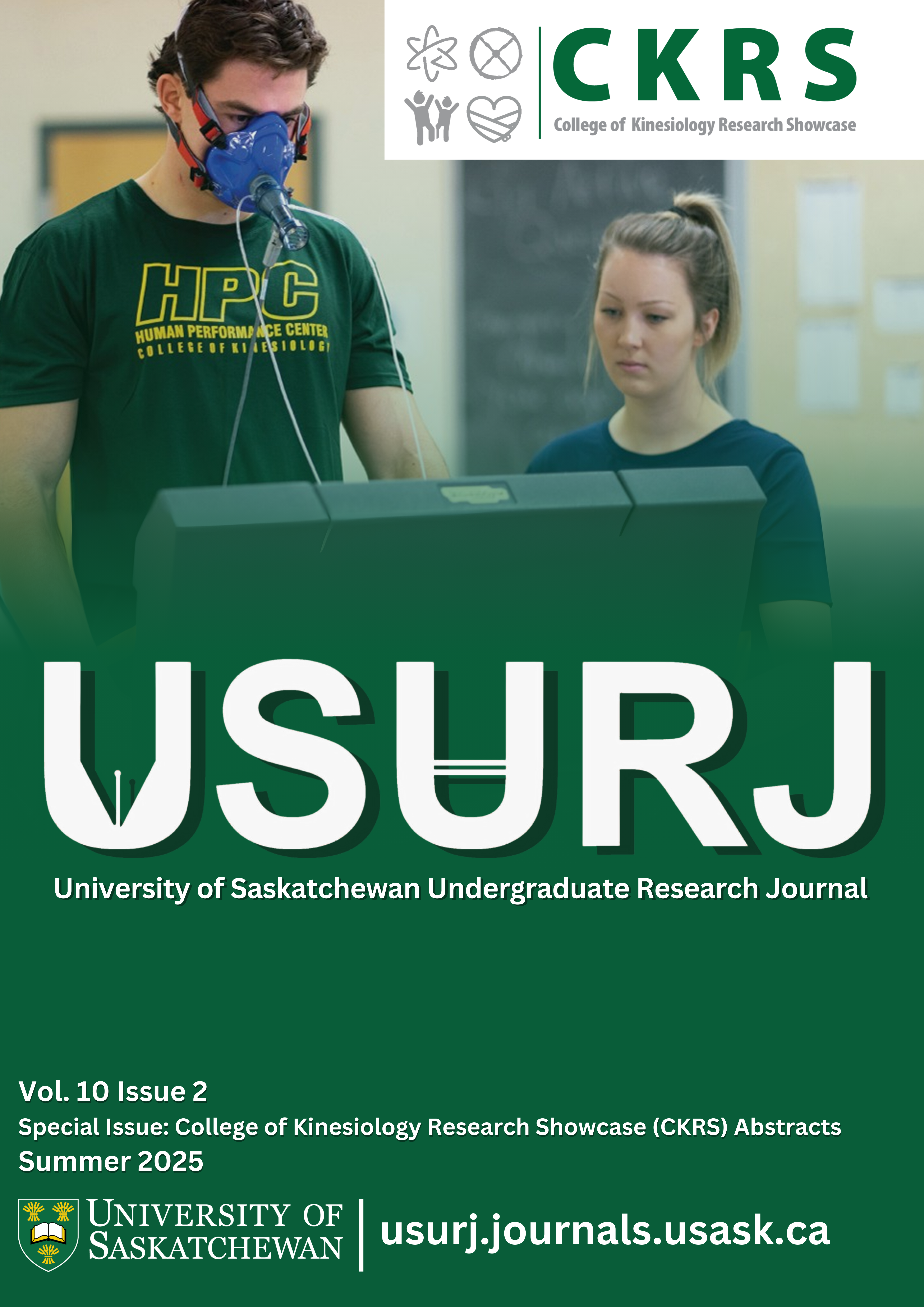Exploring Children’s Experiences in Circus Club
Main Article Content
Abstract
College of Kinesiology Research Theme: Child and youth health and development
Introduction. As children spend the majority of their weekdays at school, it is important that there are a wide variety of movement opportunities that align with their broad interests. In an encouraging shift from sport-centered offerings that often dominate school physical activity programming, circus arts is an increasingly popular movement option in physical education and recess/afterschool contexts. Circus has been found to be an optimal way to develop physical literacy and the introduction of circus arts programs in schools has resulted in increased physical literacy outcomes for children and youth. Additionally, student voices are essential in shaping understanding of movement opportunities, furthering a deeper sense of ownership, confidence, and motivation in their physical literacy development.
Purpose. The purpose of this study was to understand the physical literacy experiences of elementary school children who participated in circus club.
Methods. Circus club is a lunch-time program at an elementary school in Saskatoon, Saskatchewan. The program is run by a physical education specialist, and it strives to provide students from grades 3-8 a non-sport movement opportunity. An intrinsic case study method was used to gain an in-depth understanding of the participants' experiences in circus club. Three data collection tools were used: field notes on participant observation, semi-structured interviews, and the write, draw, show, and tell (WDST) method. Data analysis was done by using Braun and Clarke’s six step reflexive thematic analysis.
Results. Semi-structured interviews were conducted with 10 students enrolled in grades 4-8, and four completed the optional WDST activity. Using Braun and Clarke’s (2022) reflexive thematic analysis procedures, three themes were identified: (i) “I know I am getting better”: Enhanced confidence and motivation through challenge, (ii) “Learning together”: Collaboration and social engagement opportunities, and (iii) “Just be creative”: Empowerment through choice and creative freedom. The findings highlighted how physical challenge, collaboration, choice, and creative freedom enhanced the participants’ confidence, motivation, and social engagement.
Conclusion. Circus arts provided a unique opportunity for students to develop various aspects of physical literacy including confidence and competence, shown through positive challenge, as well as motivation, social connection, and creativity. The study also illuminated valuable insights into the participants’ perspectives, highlighting the importance of their experiences in shaping their understanding and engagement with physical activity.
Downloads
Article Details
Section
Articles: USURJ’s current Publication Agreements apply a Creative Commons Attribution-NonCommercial License (CC-BY-NC) by default. The CC BY-NC license lets others remix, tweak, and build upon work non-commercially. The author(s) can choose a different CC license, as outlined in https://creativecommons.org/about/cclicenses/. Please see the PDF for each article to determine what license is applied to that article. Author(s) can also request to reserve all copyright (All Rights Reserved). If there is no indication for articles published before September 2020, assume the author retains all rights beyond those necessary for publication by USURJ. All articles published after September 2020 will apply one of the aforementioned CC licenses. See the Publication Agreement under the Submission Preparation Checklist or Author Guidelines for more information. Artwork: All copyright for the original artwork remains with the artist unless they wish to apply a Creative Commons (CC) license to the artwork. Please see the PDF for each artwork to determine what license is applied to that artwork.
